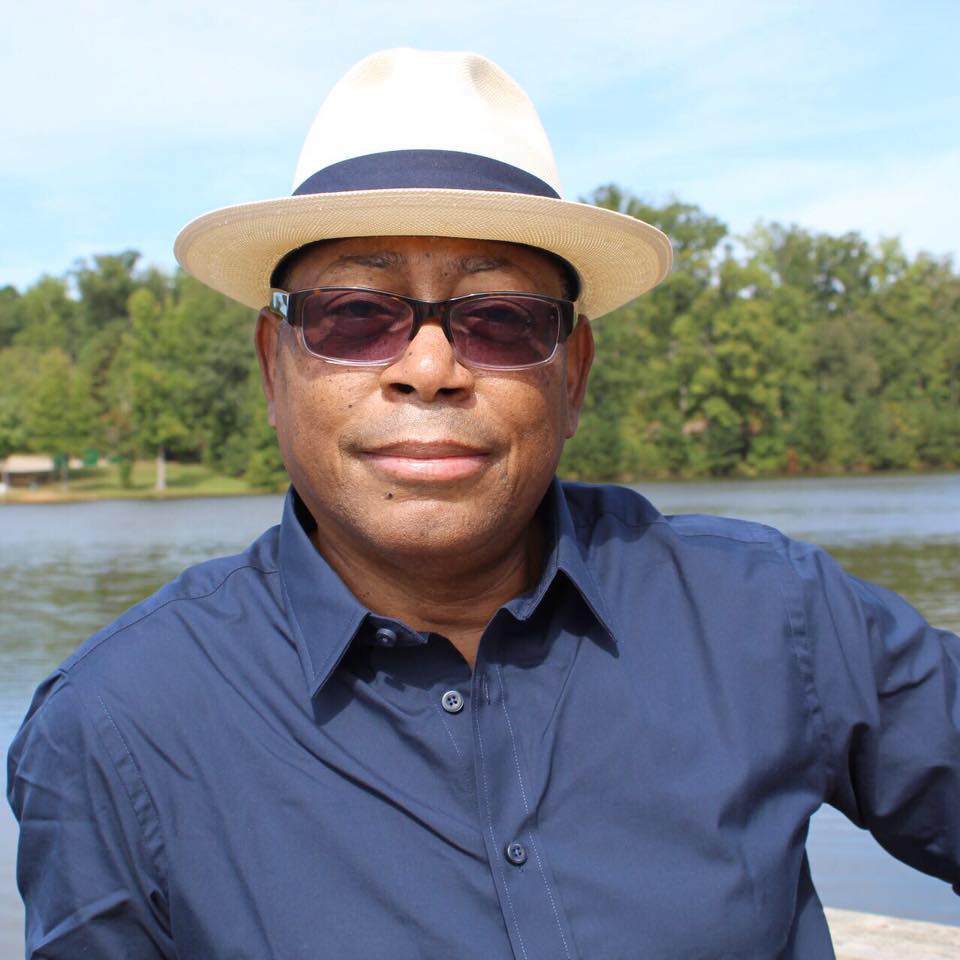
In January 1995, at the age of 37, my life changed forever. As an active Army officer, husband, and father to a five-year-old daughter, I was diagnosed with chronic myeloid leukemia (CML). The prognosis was grim—an average survival time of just three years.
Before my diagnosis, life was good. I was physically fit, running regularly and competing in powerlifting contests. But then I started experiencing back pain and noticed my running times slowing down significantly. After various tests, including an MRI, doctors delivered the shocking news—I had CML.
The diagnosis hit me like a ton of bricks. Not only was I facing my own mortality, but I couldn’t stop thinking about my young daughter. Would she even remember me if I only lived another three years? The thought of missing her major life milestones was devastating.
My treatment options were limited. The only potential cure was a bone marrow transplant, but as a Black American, my chances of finding a match were minuscule—about 1%. I started daily injections of interferon to slow the progression, but it wasn’t a long-term solution.
Eighteen months after diagnosis, a chance encounter changed everything. At a bone marrow drive I was organizing, I met a businessman who had been successfully treated for a different type of leukemia through a clinical trial. This was the first I’d heard about clinical trials as an option. It gave me a glimmer of hope.
RELATED: 5 Lifestyle Tips For Living With Chronic Myeloid Leukemia (CML)
Finding a Life-Saving Treatment
I connected with a leading CML specialist at MD Anderson Cancer Center in Houston. He put me on various drug combinations and clinical trials over the next few years. While some worked temporarily, nothing provided lasting results. By the 3-year mark—my projected survival time – I was in bad shape, constantly fatigued despite sleeping for hours.
But then came a breakthrough. The doctor told me about a new drug in development that showed promise in the lab. In 1998, I became one of the first humans to try this experimental treatment. It was just a daily pill, much less invasive than a bone marrow transplant.
To my amazement, it started working. Within months, I was feeling better than I had in years. Ten months after starting the trial, I even ran a marathon in Alaska, raising $11,000 for leukemia research in the process. The drug that saved my life, later named Gleevec, was approved by the FDA in 2001 and revolutionized CML treatment.
The financial toll of my treatment was significant, with frequent out-of-state travel for the clinical trial. But it was a small price to pay for a second chance at life. Gradually, as the years passed, I started to believe I might actually have a future.
30 Years Later
Now, almost 30 years after my diagnosis, I’m nearly 68 years old and still taking that same daily pill to keep my CML in remission. My daughter, who I feared wouldn’t remember me, grew up to become a Harvard graduate and board-certified psychiatrist. My wife and I recently celebrated our 40th wedding anniversary.
My experience has made me passionate about being an advocate for CML patients and clinical trial participation. I want newly diagnosed patients to know there is hope. CML has gone from a terminal illness to a highly manageable condition, with a 90% survival rate in many cases.
To anyone facing a CML diagnosis today, I would say: Don’t give up. Explore all your options, including clinical trials. Do your own research and build a strong support network. Try to maintain your normal activities and stay connected to your community. And above all, do everything in your power to survive.
My journey from a terminal diagnosis to 30 years of survival is a testament to the power of medical research and never losing hope. While living with CML has its challenges, I’m grateful for every extra day, month, and year I’ve been given with my family. My story is proof that a CML diagnosis is no longer a death sentence, but the beginning of a new chapter in life.









